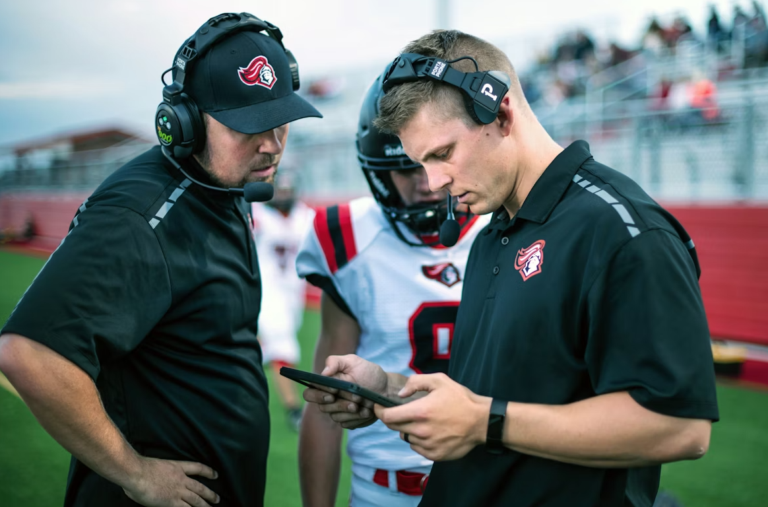
Read The Mental Approach Part 1 here. Read The Mental Approach Part 2 here.
USING THE SMARTEST STRATEGY FOR GOAL SETTING
The S.M.A.R.T.E.S.T. strategy for goal setting is to use this format as a game plan for goal setting:
S hort and long term goals
M easurable
A chievement strategies
R ealistic
T ime-bound
E xhibit
S eek support
T arget obstacles
An athlete should make sure that he/she has goals that are attainable in both a short time frame and a long time frame. For instance, catch 5 passes today at practice would be a short term goal while catch 95% of my passes for the season would be a long term goal.
Measurable goals are important so that an athlete knows whether he/she has accomplished his goals. Having a goal such as “give 100% at practice today” is not something that you can measure for immediate feedback. There is no way to know whether or not you really gave 100%. It is not measurable. Measurable goals are important so that an athlete can be stimulated and have something to reach for.
An athlete should always have a strategy for how he/she will achieve the goals that they are aiming for. So, not only should an athlete write out their goal, they should also write a “strategy to get there.” For instance, a goal to bench press 300 pounds should have an achievement strategy of workout 4 times per week on my bench press.
By having realistic goals, athletes will be sure not to be left disappointed and disengaged should they not reach their goals. A football player that has never played the sport before should not have as a realistic goal that he will make the All CIF First Team. It is not realistic for him. Having unrealistic goals will not motivate athletes in an appropriate way.
Goals should always be bound by time so that there is an end date to shoot for. Having a goal of “losing 25 pounds” will not motivate a person on a daily basis to lose that weight. Their goal needs to be bound by time, like lose 25 pounds by June 1 or whatever. This will make the goal more real to an athlete and motivate them in a more timely manner to lose their weight. Leaving an open ended date will not serve as a motivational purpose for the goal setting.
Another important factor for goal setters is to have exhibit their goals. This means to write out their goals some where and put those on display for all to see, mainly to motivate themselves. Many athletes use a mirror in their bathroom, maybe their computer monitor. The key here is to place the goals before you as often as possible so that you will remember to focus on your goals daily.

Athletes should surround themselves with people of high character that will encourage them to finish their goals. This is the second S of SMARTEST. He/she should seek the support of coaches, teammates, parents, etc. in order to have a group of people around them to help them achieve what they have set out to do.
Perhaps the most important aspect of making goals is the idea of targeting obstacles. It is very important for athletes to know what will prevent them from achieving what they set out to do. This will allow them to stay away from the distractions and to limit the noise before them in order to achieve their goals




